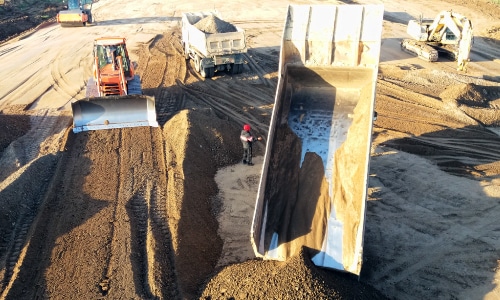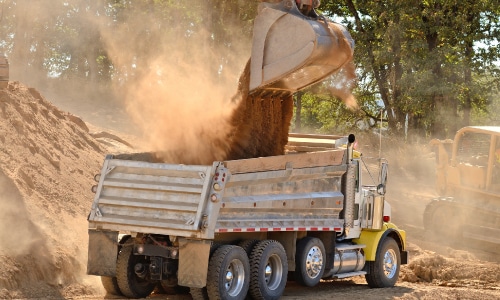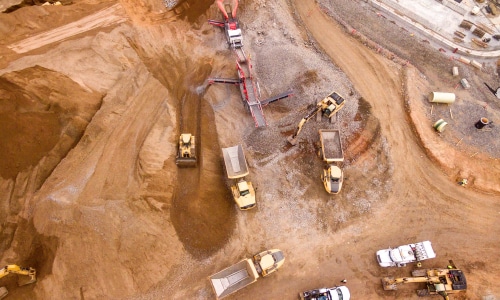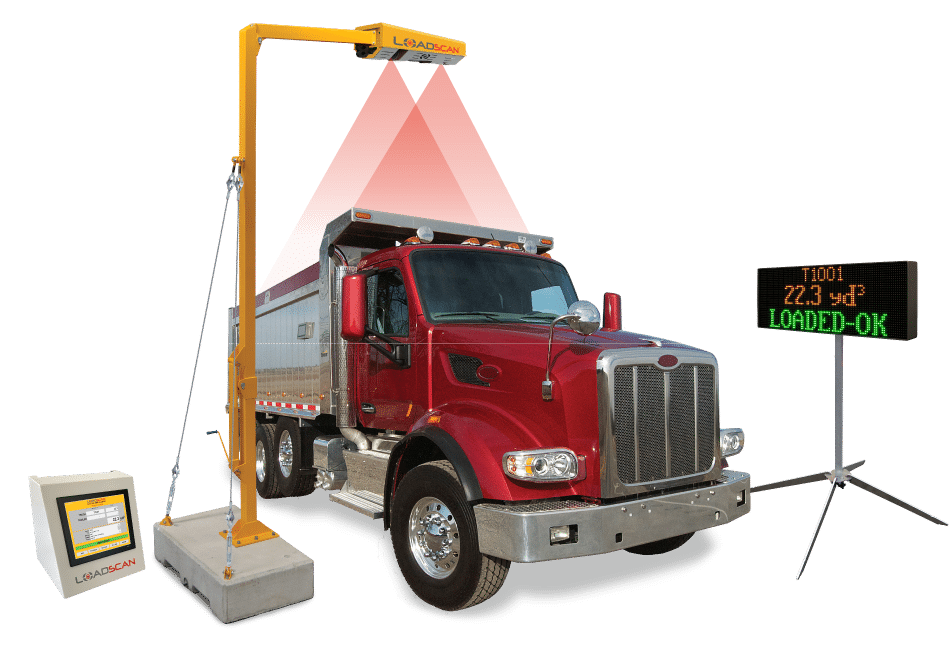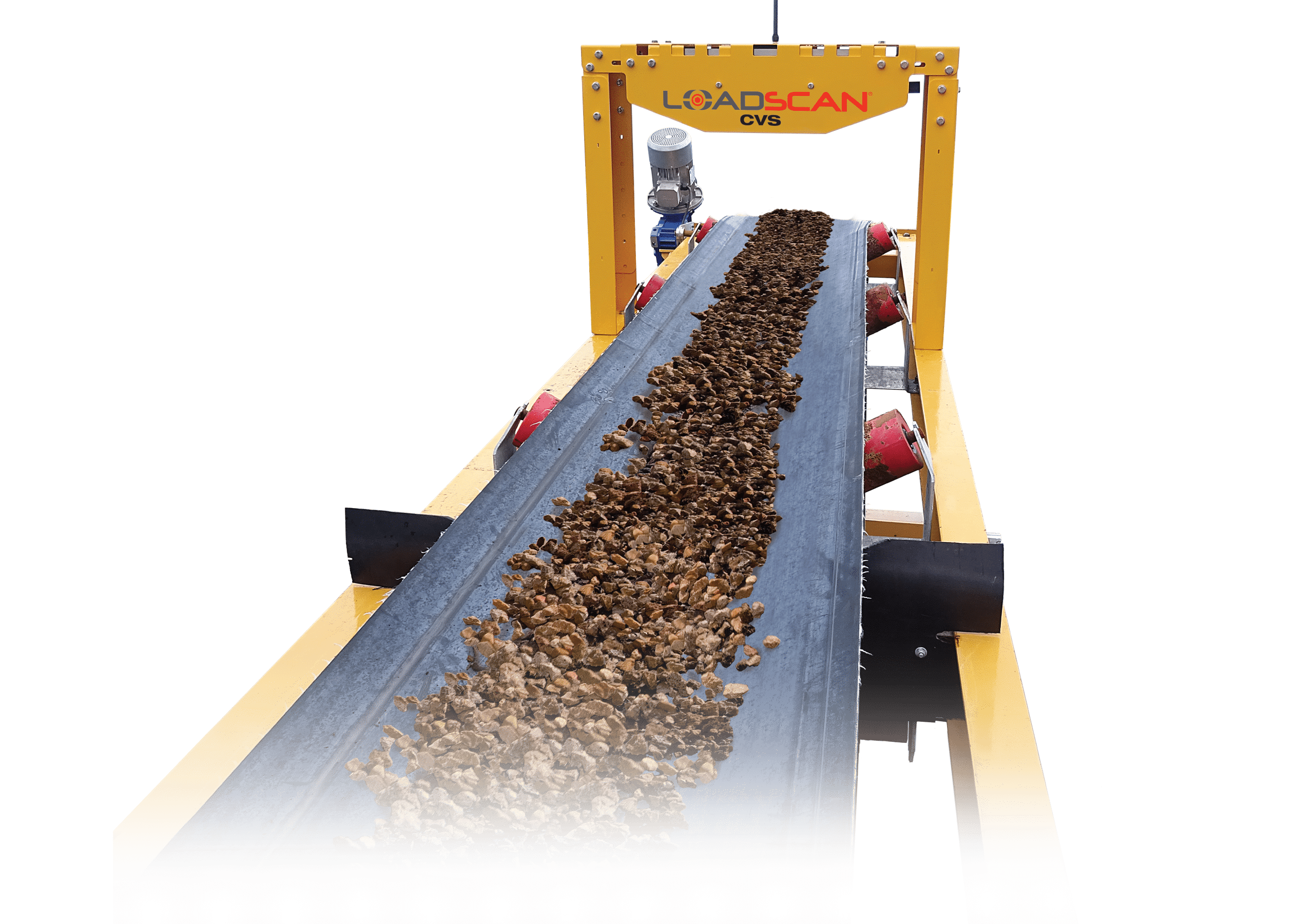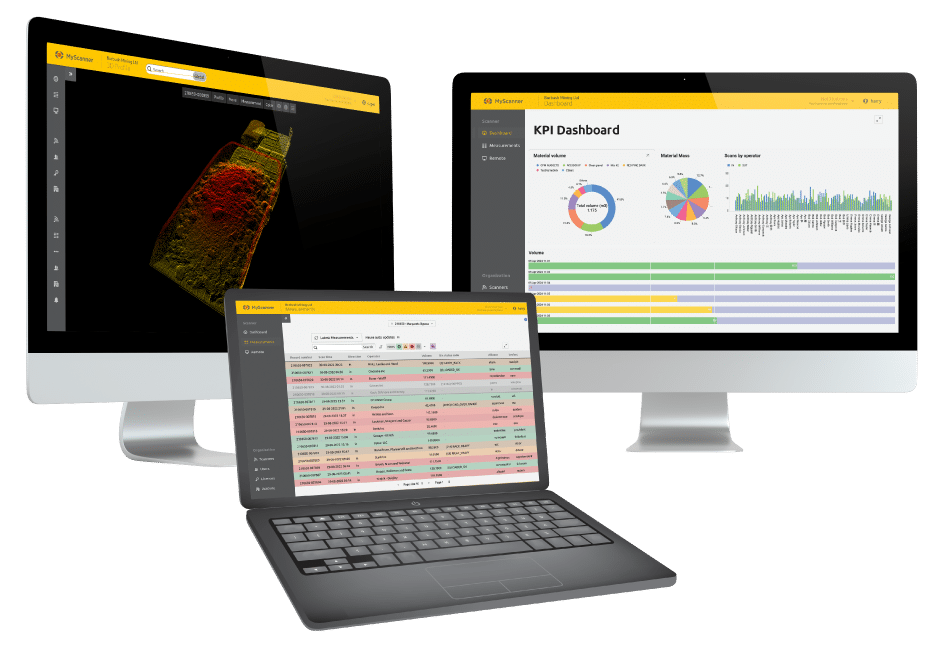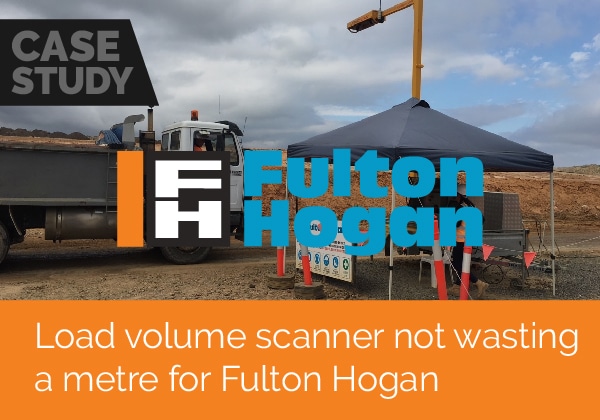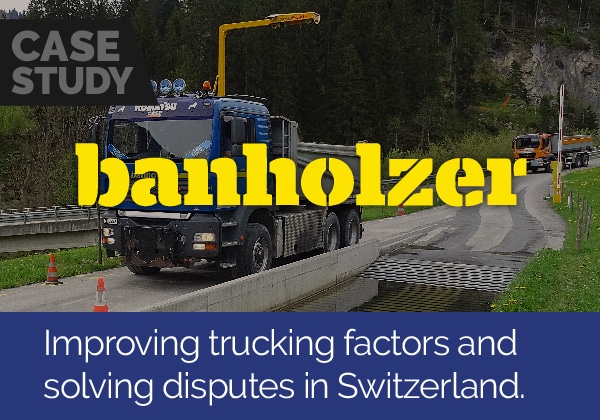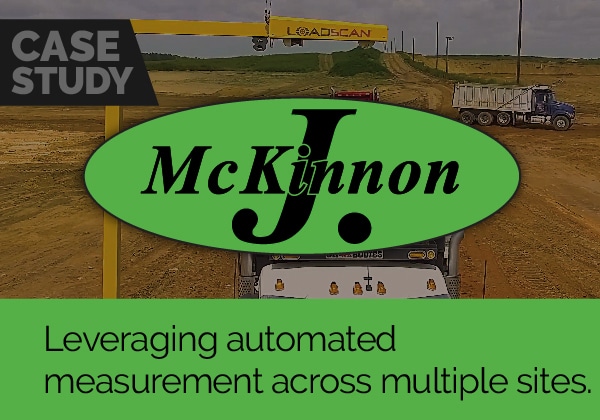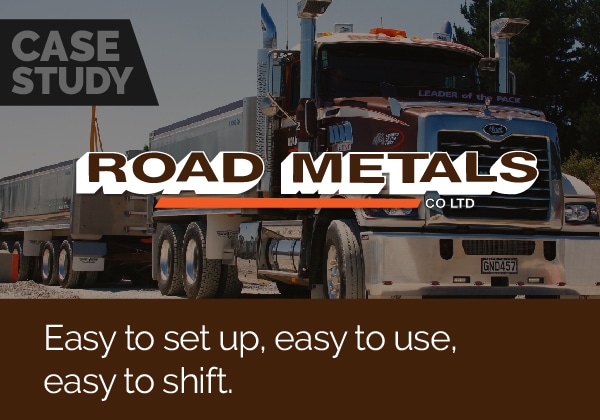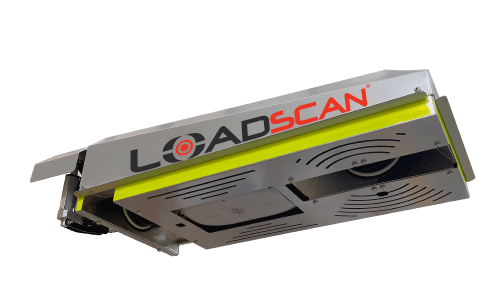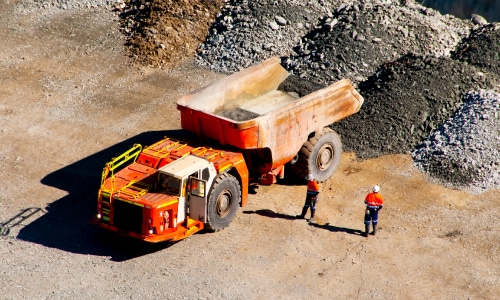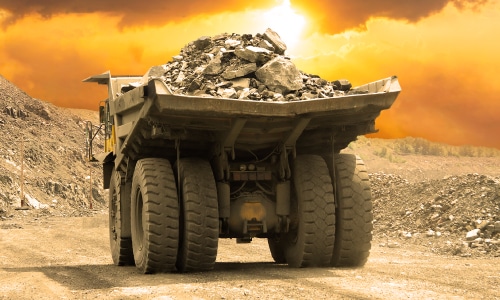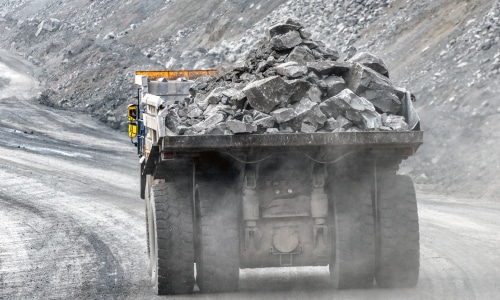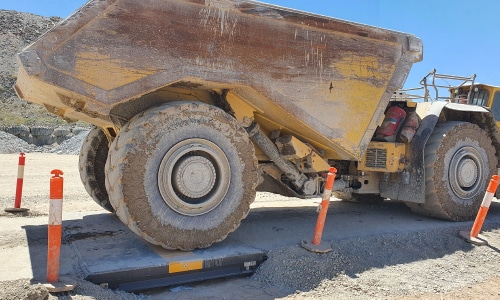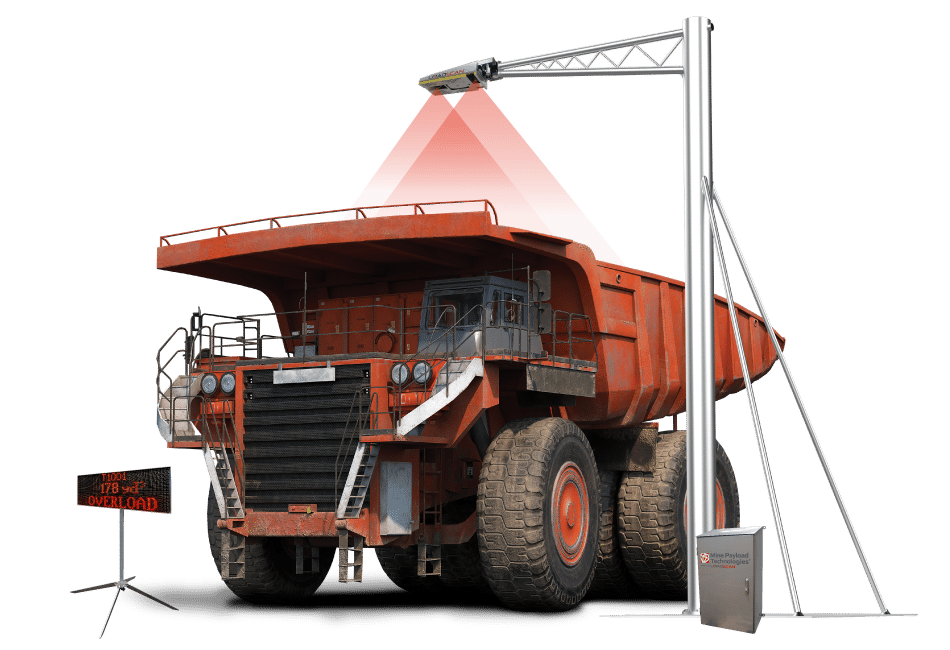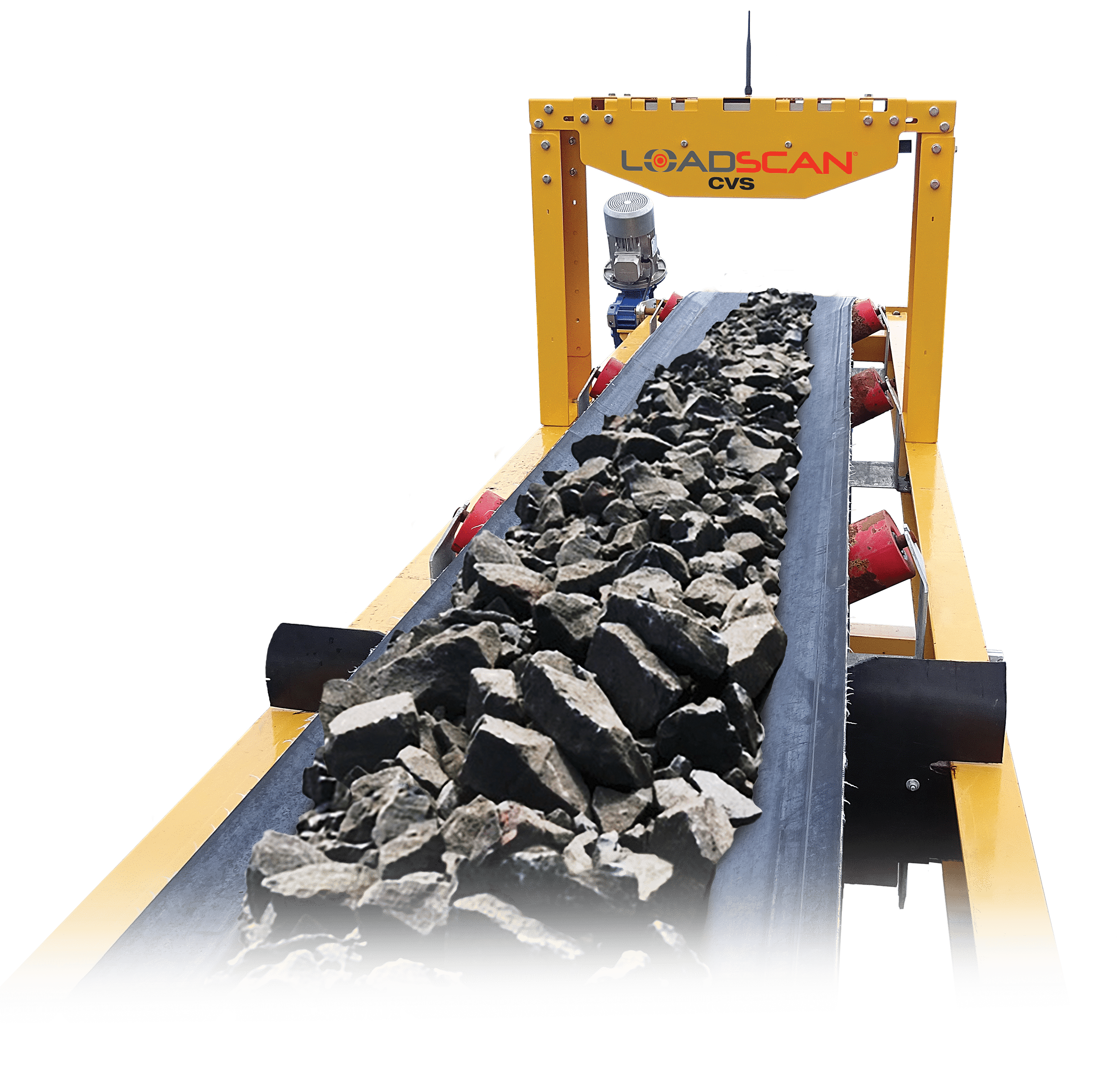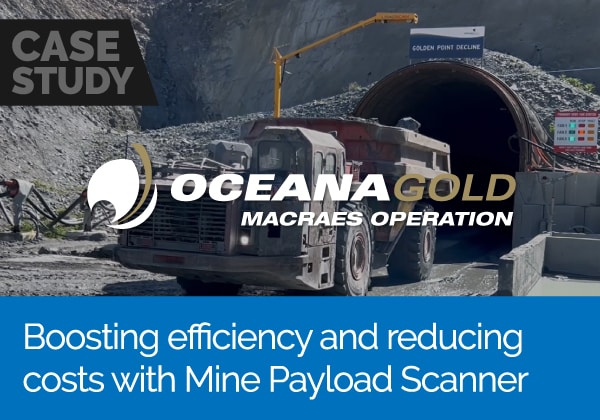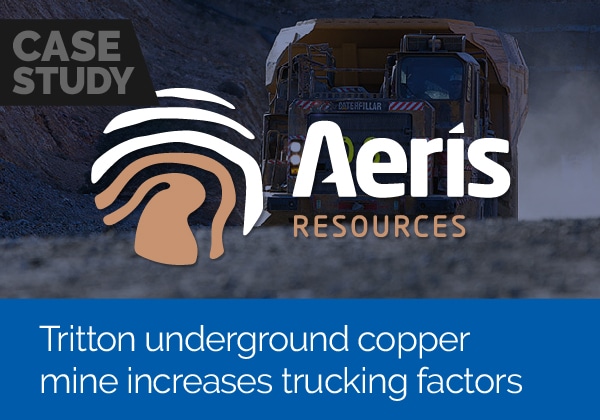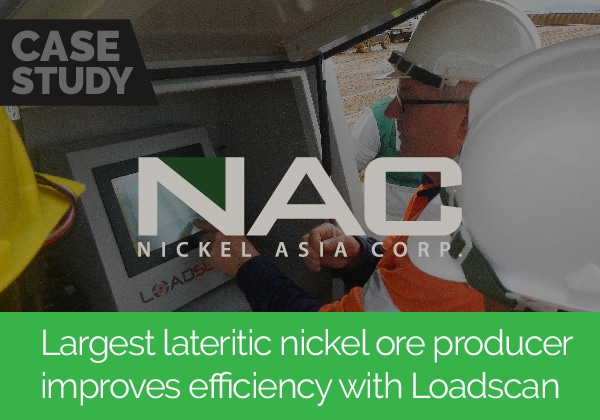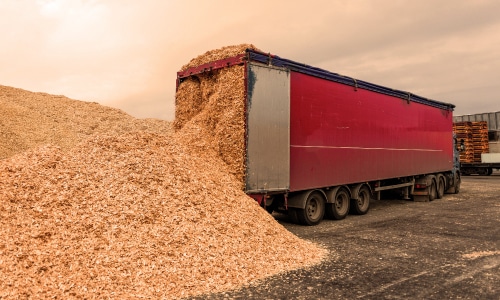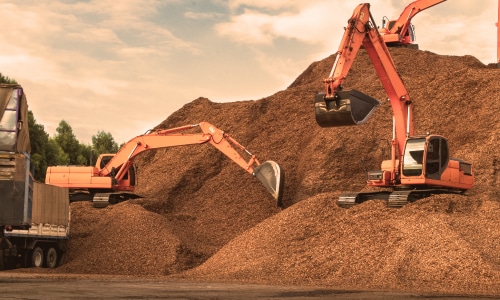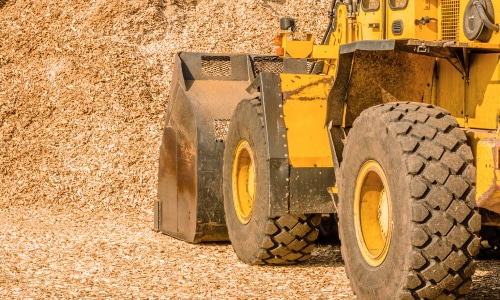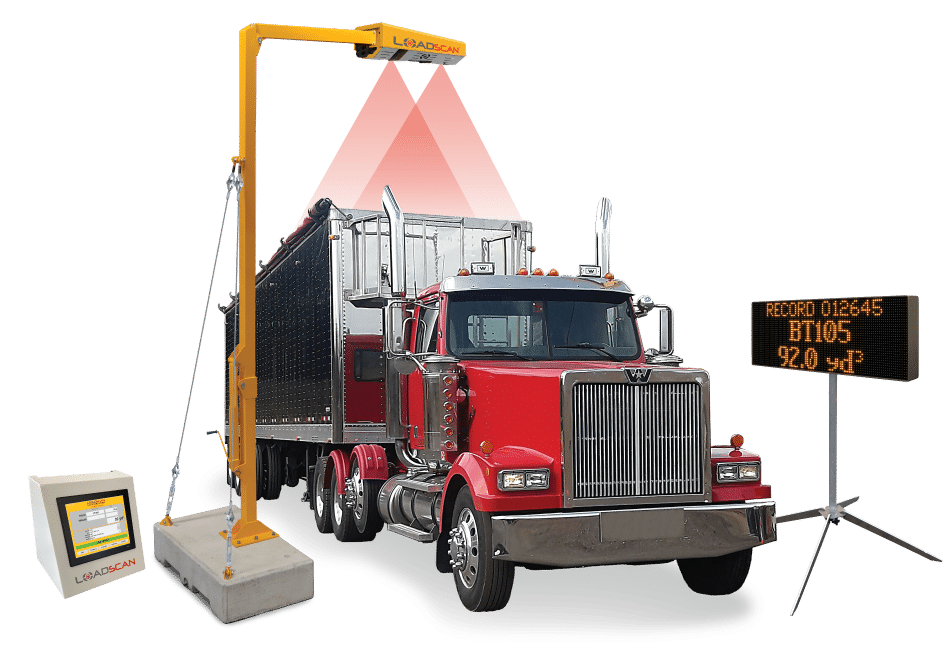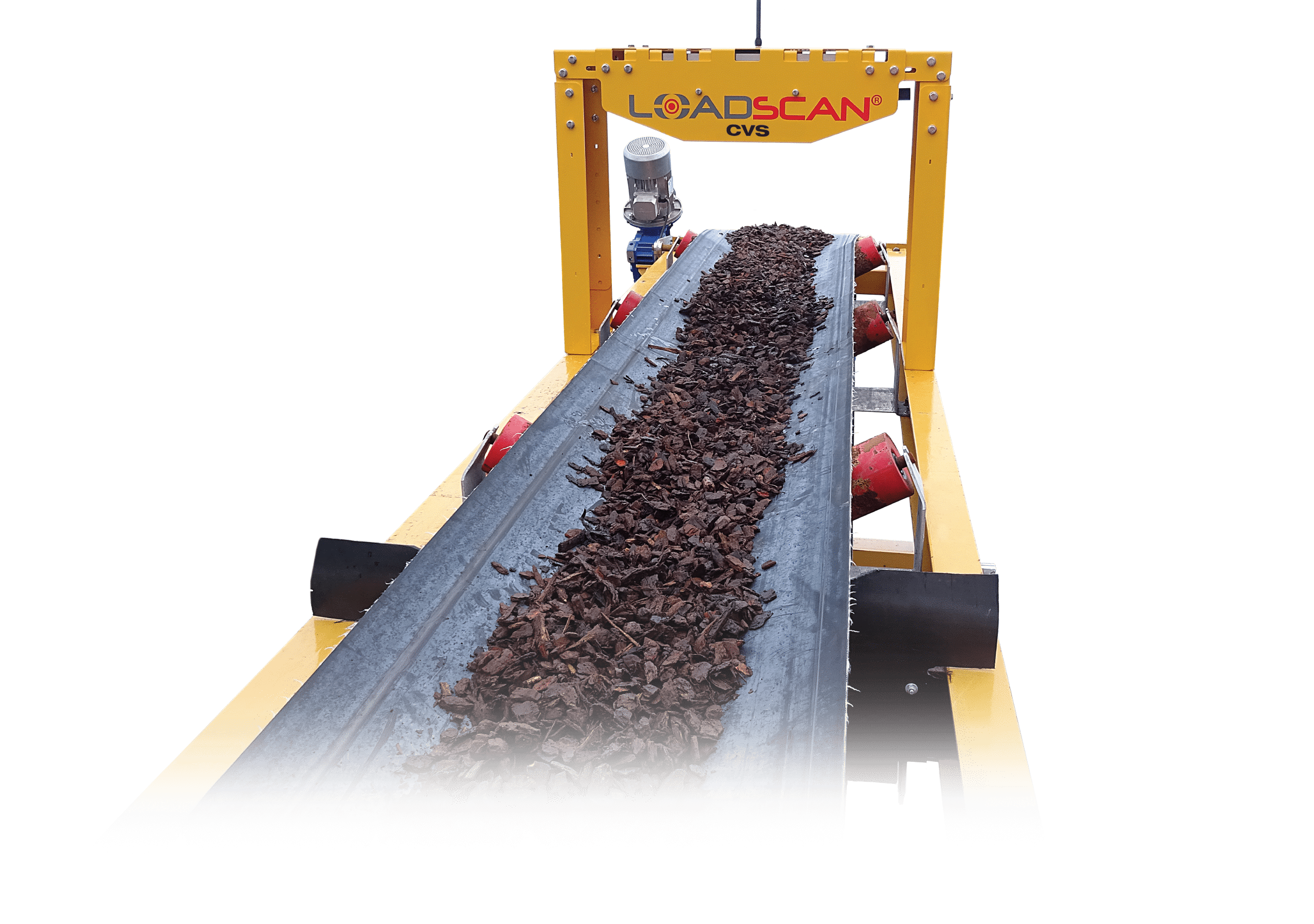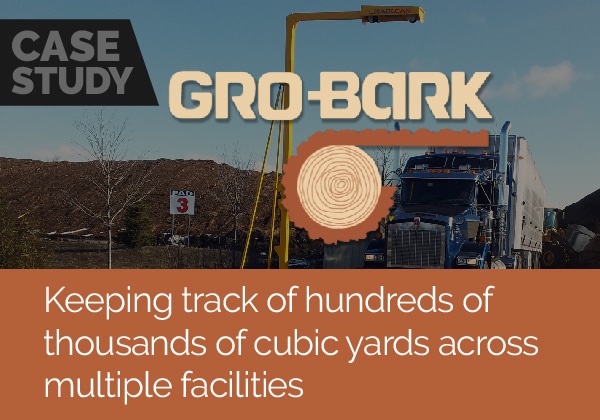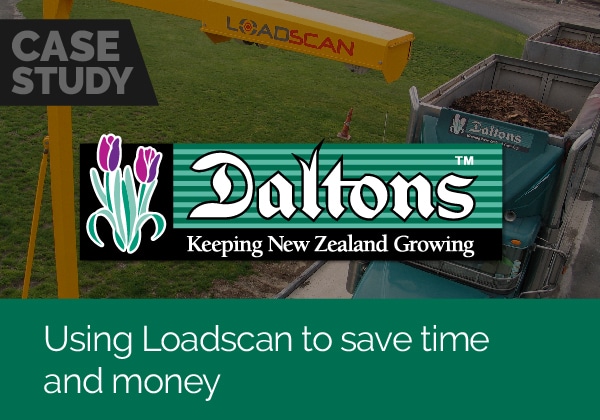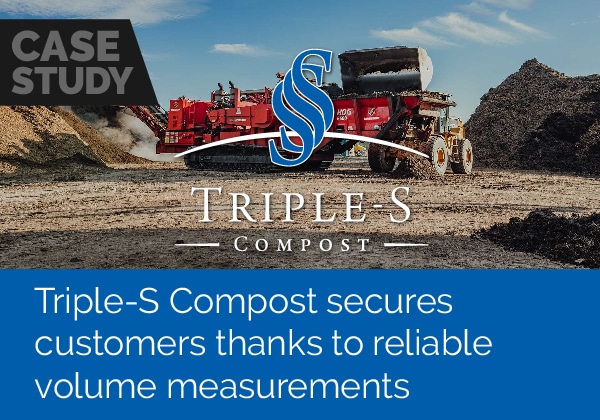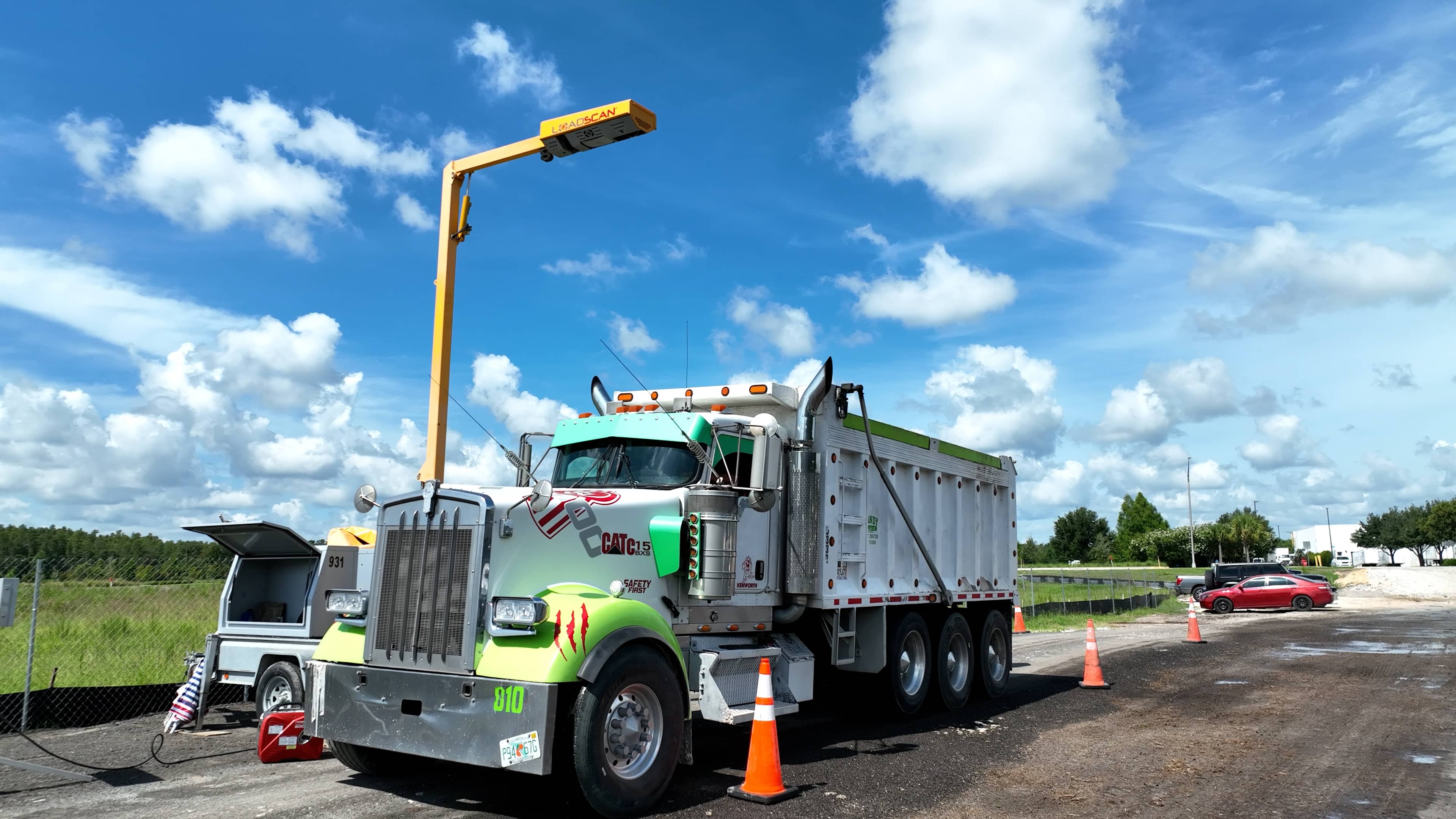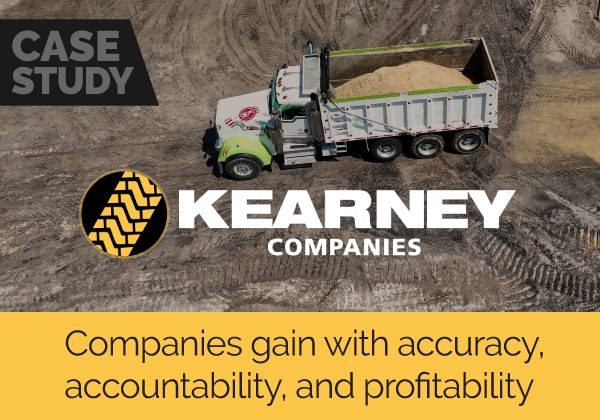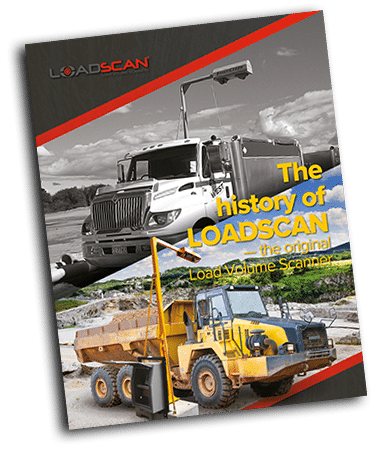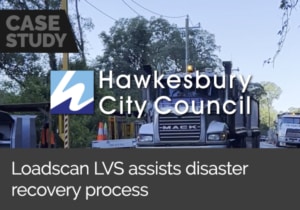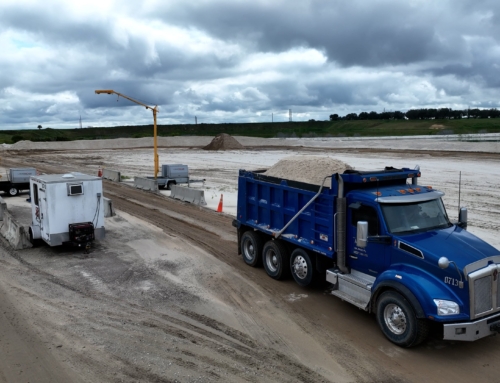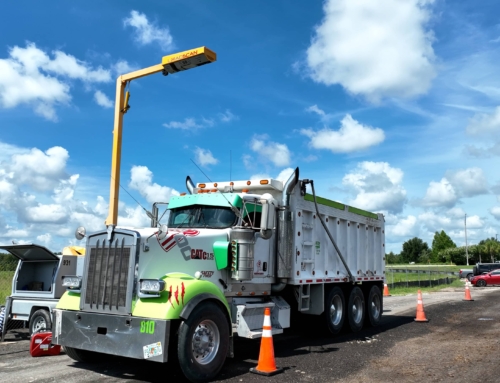How volume scanning reshapes customer relationships Tracking material volumes across multiple sites is a [...]
Can you afford not to volume scan?
A Loadscan volume scanner is not just an optional tool; it’s essential. It’s an investment in accurate truck load measurement, efficiency, and long-term project success. Ignoring it can be costly.
In large-scale construction, contracting, or infrastructure projects, every dollar counts. Yet inaccurate load measurements often go unnoticed.
The True Cost of Inaccurate Measurements
Consider a project transporting 750,000 cubic yards of material. If the agreed average load per truck is 18y³ at $150 per truckload, the project would need around 42,000 truckloads, totaling $6.3 million.
However, if the actual average load per truck is only 15y³, the project requires 50,000 truckloads. This raises costs to $7.5 million—an extra $1.2 million caused purely by inaccurate measurements.
Beyond Financial Impact
Inaccurate truck load measurement also affects operations and the environment:
Increased fuel consumption: Extra truckloads burn more fuel, raising costs and carbon emissions.
Additional labor hours: More truck movements require extra drivers and operational oversight.
Road and environmental wear: Repeated transport increases road damage and environmental impact.
The Solution: Loadscan Load Volume Scanner (LVS)
A Loadscan LVS ensures accurate truck load measurement for every load. It measures each truckload precisely, providing real-time volumetric data. By verifying actual load volumes, it safeguards budgets and timelines.
This system helps contractors:
Avoid unnecessary transport costs
Track true material volumes
Optimize project efficiency
Ensure transparency with clients and stakeholders
Investment, Not Expense
Implementing a Loadscan LVS quickly becomes an investment. In the example above, using an LVS would have prevented the $1.2 million overspend. If the average truckload were as low as 12y³ in some cases, savings could exceed $3 million.
The cost of the scanner is minimal compared to the financial, operational, and environmental benefits it delivers.
Conclusion: Don’t Risk Inaccuracy
Margins are tight, and projects demand precision. Accurate truck load measurement is crucial for controlling costs, improving operational efficiency, and supporting sustainable practices.
Investing in a Loadscan volume scanner ensures you measure what is actually being moved, protects your budget, and prevents unnecessary truck movements. In today’s competitive environment, you simply cannot afford to operate without it.

